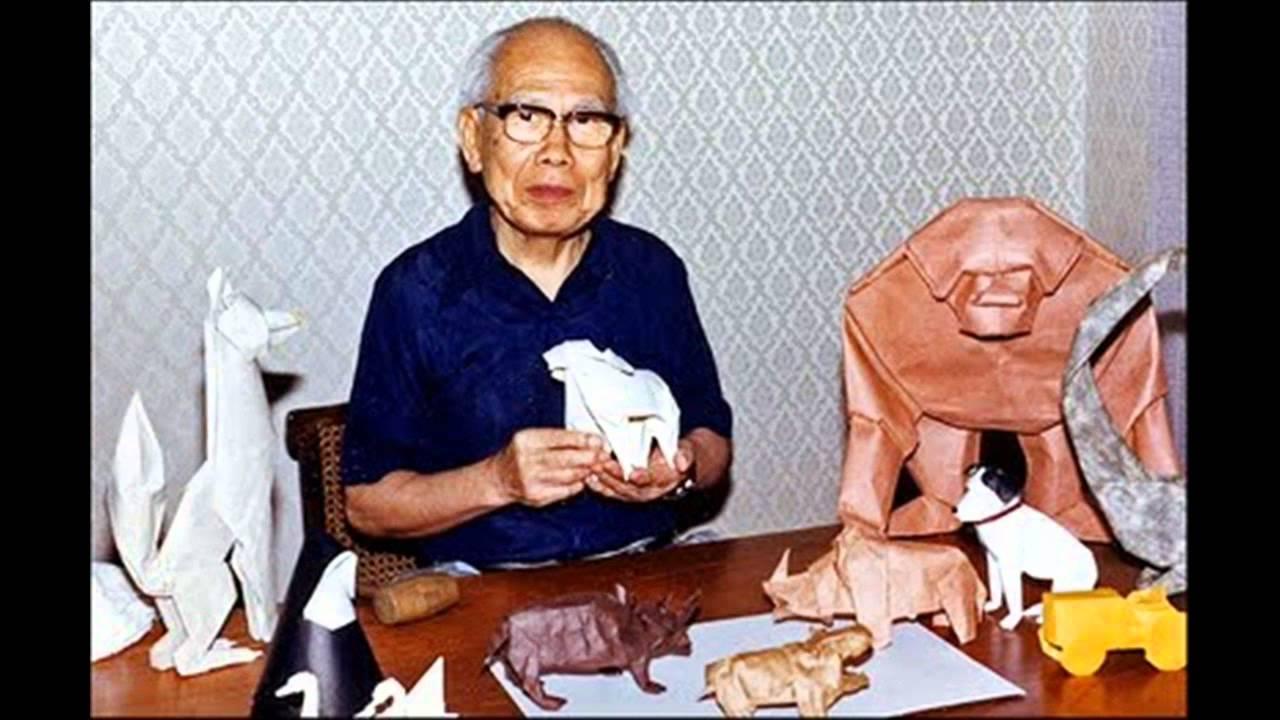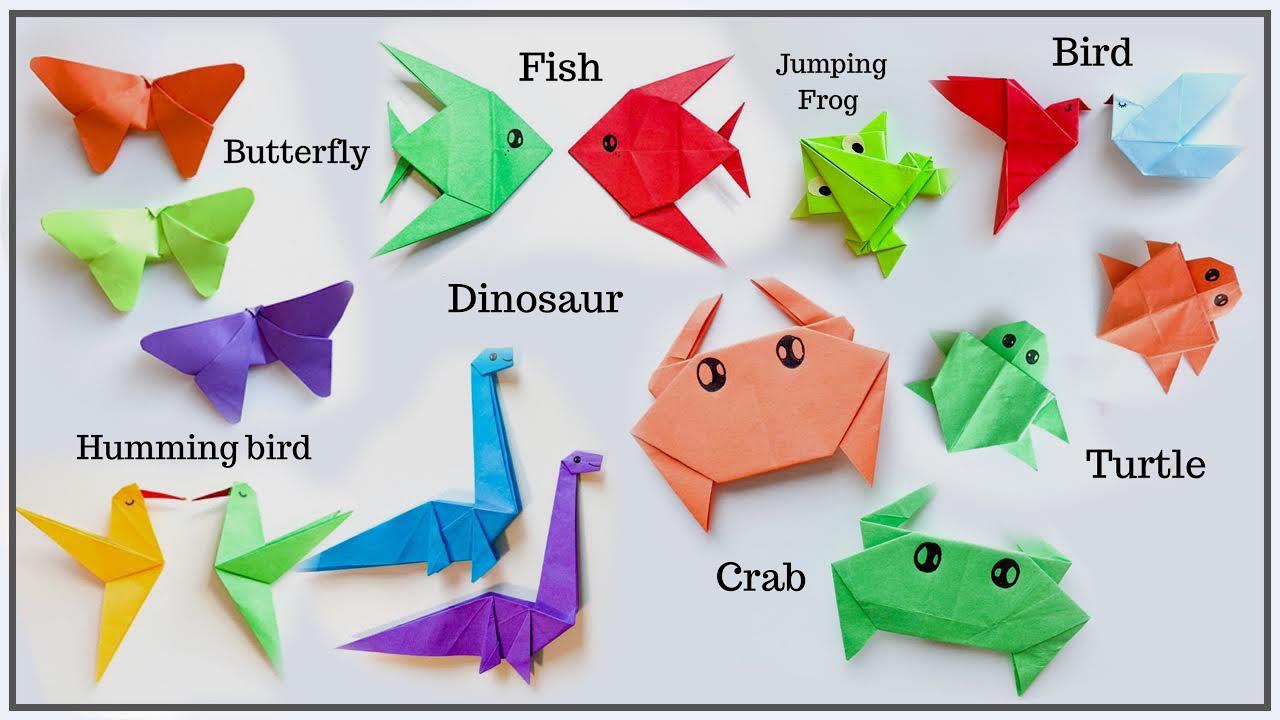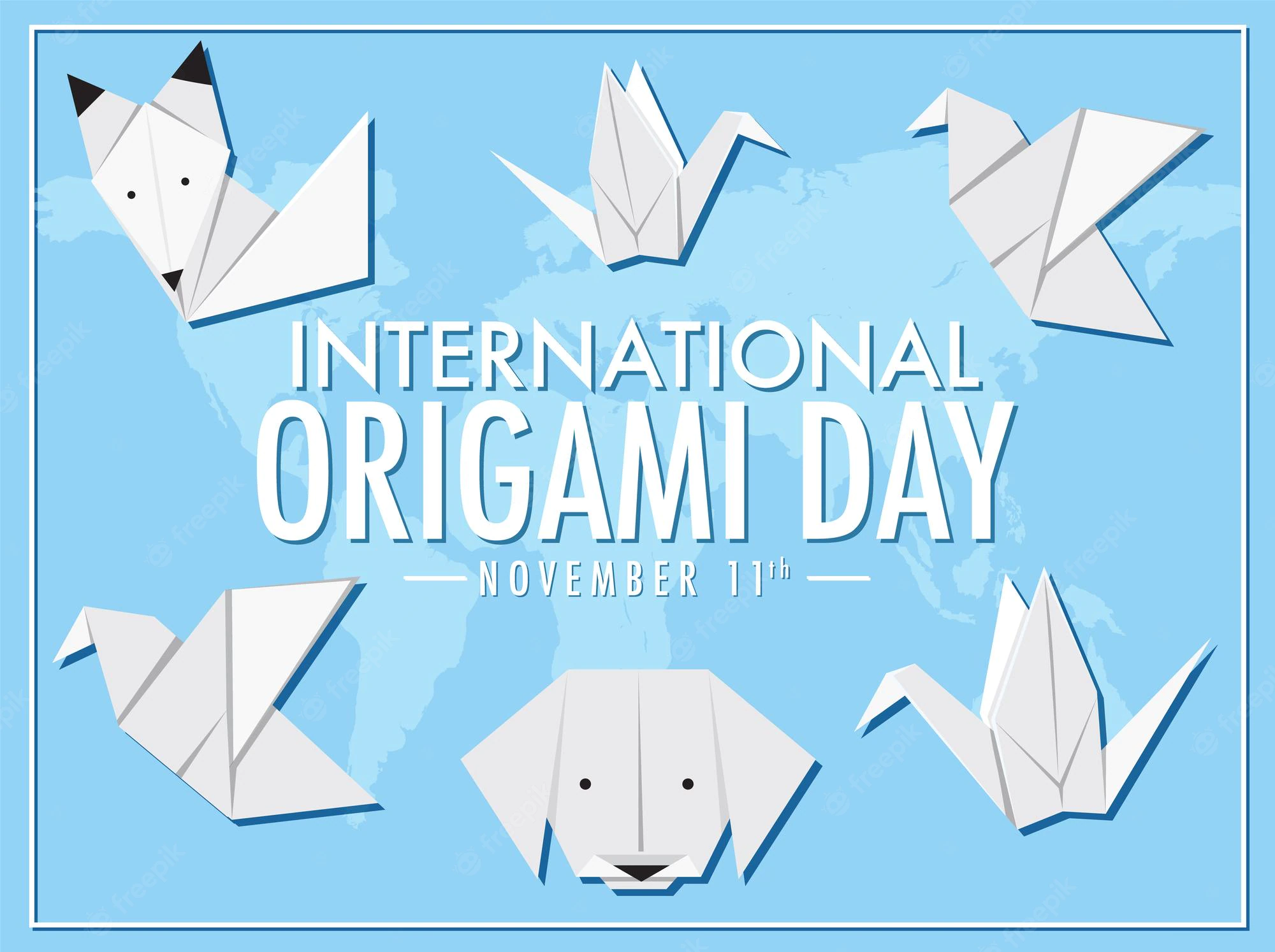By Valia Nikolaidou,
Yesterday, on November 11, was marked on calendars with the worldwide known as International Origami Day. Originating from the Japanese words oru (meaning: to fold) and kami (meaning: paper), it aims to promote peace and the ancient Asian art of origami. It is a perfect chance to educate ourselves on the history of this interesting practice as well as try and make our own creations!
It is quite difficult for historians to determine the exact date that the art of origami first originated; however, it is speculated to have started around 105 CE, when the Chinese invented the paper. More specifically, a Chinese court official Cai Lun has been speculated as the official inventor of paper by a lot of historical writings. By combining wet tree bark, waste from the cannabis plant, rags, and fishnets, he created an effective mixture that was cheaper and more convenient to use in folding compared to the silk-made cloths used until that time. About 500 years later, Buddhist monks brought the paper over to Korea and Japan, with the Japanese further improving the formula and the folding techniques. In 1680, the famous poet and author Ihara Saikaku mentioned in one of his poems the butterfly-shaped origami; it was the first major reference to the art that was now popular among the Japanese nation. Later on, came many instruction books and leaflets on how to create cranes, for example, Akisato Rito’s Sembazuru orikata (1797).

This art has inspired countless people all around the globe who use it as a relaxing method while acknowledging its incredibly significant historical importance. One of the most prominent pioneers, also known by the pseudonym “master of origami”, was Akira Yoshizawa. Born in the early 20th century, he practiced folding origami from his childhood and later on, incorporated it into his work in a factory, teaching it to his coworkers and helping them in their actual job. In 1954, he published a book titled Atarashi Origami Geijutsu (New Origami Art), which is the foundation for the modern symbols we use today in the way we fold papers. Additionally, he introduced an interesting technique called the “wet-folding origami technique”, where the paper is sprayed on with a little bit of water so as to be more flexible in the way it’s rounded and styled. Yoshizawa was a figure who heavily promoted this art and helped in making Japanese culture known all around the world. Through the course of his life, it is estimated he produced more than 50.000 different shapes and figures.

In modern society, origami still plays a huge part not just in Asian countries but also in the western world. Many non-profit organizations across Europe and America have emerged and tried to incorporate the art into educational institutions as well as the general public. Even the science world has taken advantage of the art, with NASA engineers making blocking shades for their telescopes in flower shapes, through the classic origami technique. Moreover, it is believed that creating origami can have healing properties and calming aspects. It is also used as a method by certain sectors to help visually impaired people get a hold of their tactility sensation.
All in all, the Asian art of origami has an extremely interesting history that spans a few millenniums and still continues to impact all cultures. It is definitely an easy and creative way of spending your time and can be appreciated by people of all ages!
P.S.: A plus for any curious readers: The YouTube links of the images incorporated in the article will lead you to interesting videos on the topic
References
- History of origami, Britannica.com. Available here
- National Origami Day. nationaltoday.com. Available here
- Modern origami art. nytimes.com. Available here




